Top Photo: Women war correspondents in the European theater. From left: Mary Welsh, Dixie Tighe, Kathleen Harriman, Helen Kirkpatrick, Lee Miller, and Tanie Long. National Archives, NAID: 276537001.
After more than two years reporting on the UK home front, photojournalist Lee Miller, one of just a handful of women accredited as a war correspondent with the US military, received her first assignment on the European continent in 1944.
D-Day Evacuation Hospital
A month and a half after the D-Day landings in June 1944, Miller boarded a plane headed for Normandy, France, where she was assigned to create a short photographic essay on US Army nurses working in the 44th Evacuation Hospital. She stayed in the area for five days, photographing wounded soldiers, skilled Army nurses and doctors, and the field tents they operated in. Rather than stick to the assignment, Miller wrote a hard-hitting, in-depth, multipage piece on the hospital:
For an hour or so I watched lives and limbs being saved, by skill, devotion and endurance. Grave faces and tired feet passed up and down the tent aisles. We discussed whether doubling the staff of doctors and nurses would relieve them of overwork — it seemed not, as everyone by his own volition would still do double his duty.[1]
After her assignment, Miller returned to England, where her disobedience went unpunished. The resulting article was so moving that it was published in full, with 14 accompanying photographs, under the title “Unarmed Warriors.” In American Vogue, it was reduced to four pages but still circulated widely.[2] Miller’s work was most appreciated by the women and men working in the field hospital, who were often overlooked by journalists seeking a more exciting scoop on the front lines.
While D-Day had significant press coverage, no women war correspondents were allowed to accompany the invasion force (though correspondent Martha Gellhorn stowed away aboard a hospital ship to witness it herself). In fact, the policy at the time was that no female war correspondents were allowed to photograph combat.[3] The few women war correspondents had an extremely difficult time; their freedom of movement was limited, they did not receive adequate security briefings, and at the start of the war, they were refused access to press camps.[4] Taking relevant, good photos often meant taking risks and disobeying orders, something Miller regularly did.
Saint-Malo
Of course, the second time Miller broke the rules, it wasn’t entirely her fault. She was assigned to cover Saint-Malo, a walled beach town in the north of France that had been reported liberated on August 5, 1944. When she arrived, she found that this was far from the case: Fighting was still raging in Saint-Malo—in fact, it had only just begun. The Wehrmacht commander Andreas von Aulock had holed himself and his troops up in the fortress at Saint-Malo and refused to give in, no matter how hopeless their situation.
Knowing that she was the only reporter on the scene and had the most tantalizing scoop, Miller pursued the story even though she was not officially accredited to cover combat. She billeted with the Civil Affairs Team in Saint-Malo and proved a useful asset to them, lifting spirits, helping with civilians and prisoners, and often doing kitchen patrol to express her gratitude for the warm meals and roof over her head.[5]
During her downtime, Miller wrote for Vogue about the experience of the war in a way that was relatable to those who had previously been excluded from military service. She described everyday things like moving about, eating, sleeping, and what people wore:
In the combat area windshields are always down flat on the hood, and covered against glinting to the enemy. No canvas tops are allowed, rain or shine, and one wears a steel helmet, coveralls and leggings or paratroop boots, one carries arms (except noncombatants) and one stops for MPs. A waterbottle (canteen) is a necessity but mess-tins are useless, as there is no food except packaged K ration where there isn’t also china and silver, such as set-ups in hotels or requisitioned houses.[6]
As the only person reporting from the front line in Saint-Malo, she described in detail not only what the fighting was like, but what every moment was like. Her reporting made people at home, especially women, feel closer to the action and closer to their loved ones on the battlefield.
The 83rd Division was especially supportive of her work, often giving her rides between observation posts, warning her when there was incoming fire, and providing her with the best views of the action. When the bombing of the fortress began, she was allowed to stand inside the bombline with the troops.[7] From this vantage point, Miller witnessed devastating carnage:
Machine gun fire belched from the end pillbox – the men fell flat – stumbling and crawling into the shelter of shell holes – some crept on, others sweeping back to the left of the guns’ angle, one man reaching the top. […] There was silence – poised – desperate. I could hear yells from slopes – orders – directions with nightmare faintness. There was a great black explosion where the most forward men had been a minute before. Cézembre was firing on her sister fortress – shells which would not penetrate or injure the occupants but which could blast our men, who were oozing down the escarpment – and sliding down the path which they had so painfully climbed.[8]
Among the pictures Miller captured was the bombing of the fortress in advance of the Allied soldiers storming in. Some depicted one of the first uses of napalm, which were immediately censored when they reached the British Ministry of Information, which reviewed all photos for publication at the time.[9]
The battle raged on for almost a month, but finally on August 4, 1944, von Aulock waved the white flag. Miller was on hand to photograph his surrender to the 83rd:
Seeing the camera he held a gray-gloved hand up in front of his face. He was pale, monocled. An iron cross and ribbon at his neck. He kept on walking, and obviously recognized that I was a woman. He said ‘something Frau’ in a loud voice and flushed little red spots in each cheek like rouge. I kept scrambling on in front, turning around to take another shot of him, stumbling, running. He wasted as much energy as I did, and ruined his dignified departure in hiding his face.[10]
What Miller often didn’t explicitly mention in her articles is what it was like to be a woman on the front lines. Her uniform, for example, was purposely baggy to avoid attracting unwanted male attention. Despite her taking on some of her male compatriots’ vices (drinking, smoking, overindulging) and dressing like them, she was still regularly asked for a kiss by soldiers, and men still regularly commented on her appearance, positively or negatively.
At the end of the siege, her gender once again presented problems. She was picked up by the Public Relations Office (PRO) and placed her under house arrest for violating the terms of her accreditation.[11] Writing to Vogue’s editor in London, Audrey Withers, Miller said:
I’ve been in the ‘dog-house’ here for having scooped my battle – the PRO has been nice about it – not entirely so my colleagues. I was busy collecting material on a wonderful group of people, stories of heroism, etc. after the battle had died away, when a patrol was sent out and I was dragged back to safety. However, I hope you like it – it is very bitter to me to go to Paris now that I have a taste for gun powder.[12]
The Liberation of Paris
Miller was disappointed to have been assigned to cover the liberation of Paris, in particular how fashion was recovering in a city recently freed. She had applied to continue covering combat with the 83rd Division but was rejected. Frustrated, Miller hitched a ride toward Paris.
Entering the city hot on the heels of the US Army, Miller was shocked at the sight of troops engaged in combat in one square and being met with roses and kisses in another. She penned a rather romantic account of the city upon liberation:
Paris had gone mad. The long, graceful, dignified avenues were crowded with flags and filled with screaming, cheering, pretty people. Girls, bicycles, kisses and wine, and around the corner sniping, a bursting grenade and a burning tank. The bullet holes in the windows were like jewels, the barbed wire in the boulevards a new decoration, and the wrecked German war machines were playboxes for urchins who had watched these same tanks in action the night before.[13]
The women lining the roads were especially beautiful, freshly made up and in brilliant skirts that showcased their thin (often malnourished) waists and flowed with bolts and bolts of fabric. At first struck by their lack of wartime rationing, Miller quickly realized that it was all in defiance of the Nazi occupation: “If the Germans wore cropped hair, the French grew theirs long. If three yards of material were specified for a dress – they found fifteen for a skirt alone. Saving material and labor meant help to the Germans – and it was their duty to waste instead of to save.”[14]
Her reporting from Paris merged her assignment to cover fashion with her passion for wartime journalism. She admired the ingenuity of the French, their unwillingness to give in or exchange their luxuries for practicalities. She noted women on the street with turbans on their heads, wrapped up to cover their wet hair from the salon. Salons at the time were unable to provide drying services, as they often had no electricity. One salon, owned by a man named Gervais, devised a particularly innovative way of drying hair: “He has rigged his dryers to stove pipes which pass through a furnace heated by wood debris. The air is blown by fans turned by relay teams of boys riding a stationary tandem bicycle in the basement. They cover 320 kilometers a day and dry half as many heads.”[15]
Miller noted the same kind of innovation across the recovering fashion industry. Milliners created large hats that resembled those previously used to signify resistance to the Nazi occupiers. Photographers had to work by daylight as there was often no power at night and no lighting rigs to be found. Runway models gave up their meager lunchtime to be fitted for clothing and photographed. In this time, Miller took some of her most inspired fashion photography.
American Vogue editor Edna Woolman Chase, however, was unhappy with what Miller had produced. Chase wanted more elegance, better mannequins, and “wellbred” women. Miller was quick to defend the women in her images and the designers behind them, stating that Edna ought to be told that “there is a war on” and that many French women were more preoccupied with their loved ones suffering in German concentration camps than they were with fashion.[16]
In her spare time in Paris, between photographing models, arguing with the editors of Vogue, and punching the keys of her typewriter at the Hôtel Scribe, Miller checked in on old friends. She visited Michel de Brunhoff, the former editor of Paris Vogue, who was attempting to get the magazine back on its feet. Now that Paris was free, de Brunhoff was relaunching the magazine and leaned on Miller for support, contacts, and photography, which she was more than happy to supply.
After checking in on de Brunhoff, Miller made her way to Pablo Picasso’s apartment, who happily declared that she was the first American soldier he’d seen. In his apartment, where he had spent most of the war quietly, he greeted Miller with hugs, pinches, and laughter:
He said he’d make a new portrait of me as the pink and yellow one is still in Egypt and now I’m a soldier and different. By some devious means he has hot water in the studio (the only I’ve heard of in Paris) so he made me wash my neck. I promised to come back for a bath, as I am still as dirty as when I left London a month ago. […] From the point of view of art in Paris, the most valuable contribution has been the fact that Picasso stayed here under the occupation as an inspiration to others.[17]
Picasso, whose political commentary reached a fever pitch in 1937 with Guernica, a painting lamenting the bombing of the small town Guernica by the Nazis in collaboration with Francoist forces in Spain, had initially fled Paris when the city was occupied, but quickly returned two months later in August 1940. Labeled a “degenerate” artist for his political leanings, he was banned from exhibiting his work but nonetheless continued to create from his Paris studio. Miller admired his bravery, noting that many other artists chose to flee the country or accepted Nazi Party membership to continue working.
Finally, she met up with French playwright Jean-Jacques Bernard and his family for what she hoped would be a glimpse of a typical wartime meal in Paris. Instead, she was reminded of the brutal realities of Jewish suffering in an occupied country. The Bernards greeted her at the door with yellow Stars of David still sewn into their clothing, which by now hung loose over their starved bodies. Unable to work during the occupation and forbidden from selling their valuable items, the Bernards had suffered greatly, living off scraps. Occasionally, they noted, Parisians Jews tried to cover the yellow star with an umbrella or carefully placed handbag to cut across a street or wait in line for food, but they were often caught:
The Gestapo and SS took to grabbing away anything held to the chest of anyone. If it happened to be a Jew, he or she went straight to Drancy – end of story – because from there they went to the extermination camp of Auschwitz and were probably included in the stories of people burnt alive with petrol, the starved and gas chamber victims, which I am sure you all dismiss as normal propaganda by now.[18]
Miller declared, with a touch of disdain, that her UK readers likely disregarded any mention of concentration and death camps as propaganda (the first concentration camp, Majdanek, had been liberated by Soviet forces that summer). But Miller believed, having seen what she had seen so far, that this was not propaganda: it was the truth. And she would soon see it with her own eyes.
This article is part two of a three-part series on woman war correspondent Lee Miller and her first-hand experiences in World War II. Click here to read Part One and Part Three.
Sources and Footnotes
Sources:
Beckman, Anne-Marie, and Felicity Korn, “Women War Photographers from Lee Miller to Anja Niedringhaus,” in Women War Photographers, ed. by Anne-Marie Beckman and Felicity Korn (Munich: Prestel, 2020), pgs. 11–21.
Beckman, Anne-Marie, and Felicity Korn, eds., Women War Photographers (Munich: Prestel, 2020).
Bouhassane, Ami, Lee Miller (Bath: Eiderdown Books, 2019).
Conekin, Becky E., “Lee Miller: Model, Photographer, and War Correspondent in Vogue, 1927–1953,” Fashion Theory, 1/2 (2006), pgs. 97–126.
Harrison, Janet, “Lee Miller’s Wrens in Camera,” Women’s History Review, 4 (2017), pgs. 621–633.
Korn, Felicity, “Lee Miller,” in Women War Photographers, ed. by Anne-Marie Beckman and Felicity Korn (Munich: Prestel, 2020), pgs. 47–80.
Penrose, Antony, The Lives of Lee Miller (New York: Holt, Rinehart and Winston, 1985).
Penrose, Antony, “Lee Miller: The Ubiquitous Image,” in Lee Miller: A Woman’s War, by Hilary Roberts (New York: Thames & Hudson, 2015), pgs. 6–13.
Penrose, Antony, ed., Lee Miller’s War (London: Thames & Hudson, 2005).
Roberts, Hilary, Lee Miller: A Woman’s War (New York: Thames & Hudson, 2015).
Footnotes:
[1] Lee Miller, “Unarmed warriors,” reprint of an article written for Vogue in 1944, in Lee Miller’s War, ed. by Antony Penrose (London: Thames & Hudson, 2005), pg. 23.
[2] Becky E. Conekin, “Lee Miller: Model, Photographer, and War Correspondent in Vogue, 1927–1953,” Fashion Theory, 1/2 (2006), pg. 104.
[3] Hilary Roberts, Lee Miller: A Woman’s War (New York: Thames & Hudson, 2015), pg. 117.
[4] Anne-Marie Beckman and Felicity Korn, eds., Women War Photographers (Munich: Prestel, 2020), pg. 16.
[5] Antony Penrose, The Lives of Lee Miller (London: Thames & Hudson, 2005), pg. 119.
[6] Lee Miller in Lee Miller’s War, ed. by Antony Penrose (London: Thames & Hudson, 2005), pg. 54.
[7] Lee Miller in Lee Miller’s War, ed. by Antony Penrose (London: Thames & Hudson, 2005), pg. 47.
[8] Ibid, pgs. 49–50.
[9] Felicity Korn, “Lee Miller,” in Women War Photographers, ed. by Anne-Marie Beckman and Felicity Korn (Munich: Prestel, 2020), pg. 47.
[10] Lee Miller in Lee Miller’s War, ed. by Antony Penrose (London: Thames & Hudson, 2005), pg. 58.
[11] Antony Penrose, Lee Miller’s War (London: Thames & Hudson, 2005), pg. 122.
[12] Letter from Lee Miller to Audrey Withers, August 26–27, 1944, quoted in Lee Miller’s War, ed. by Antony Penrose (London: Thames & Hudson, 2005), pg. 65.
[13] Lee Miller in Lee Miller’s War, ed. by Antony Penrose (London: Thames & Hudson, 2005), pg. 67.
[14] Ibid, pg. 69.
[15] Ibid, pg. 71.
[16] Ibid, pgs. 83–84.
[17] Ibid, pg. 73.
[18] Ibid, pg. 80.
Lee Miller At War
-
 Learn More
Learn MoreLee Miller: Women At War
-
 Learn More
Learn MoreLee Miller in Combat
-
 Learn More
Learn MoreWitness to Fall of the Third Reich
Jennifer Putnam, PhD
Jennifer Putnam is a former Research Historian at the Jenny Craig Institute for the Study of War and Democracy at the National World War II Museum.
Cite this article:
MLA Citation:
APA Citation:
Chicago Style Citation:
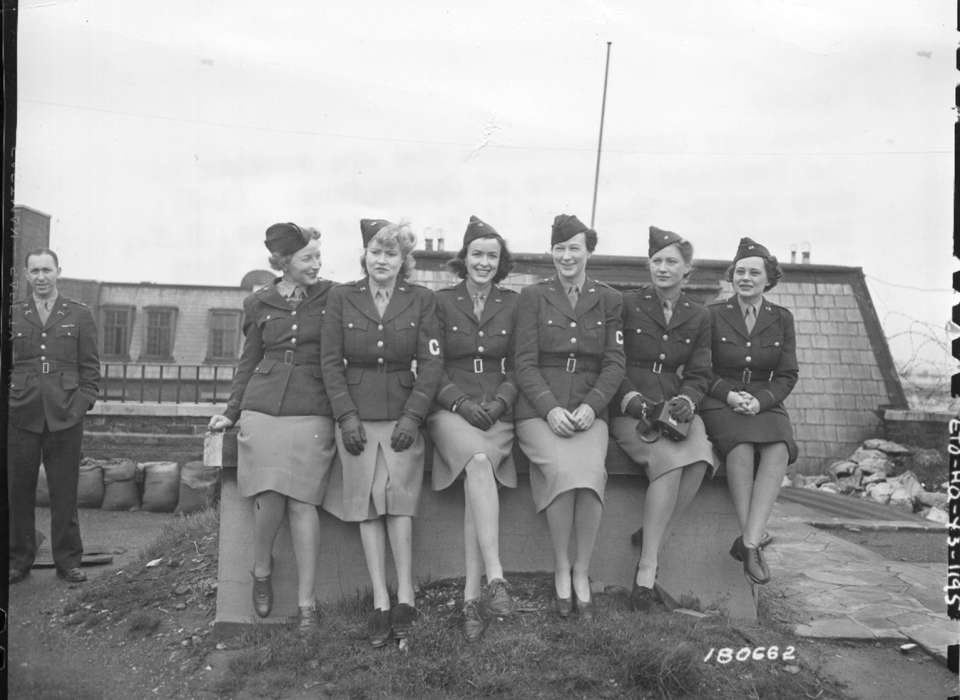
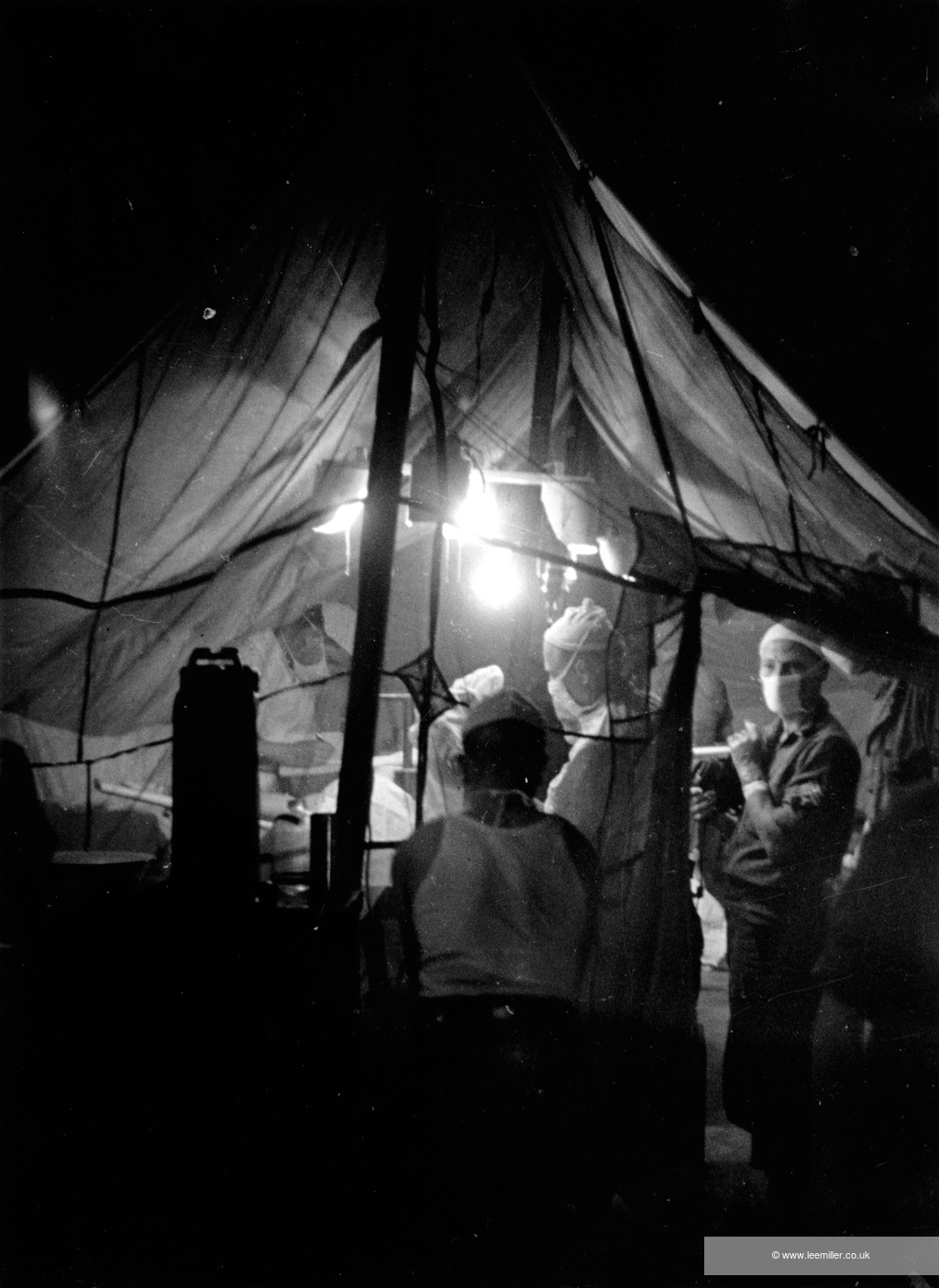

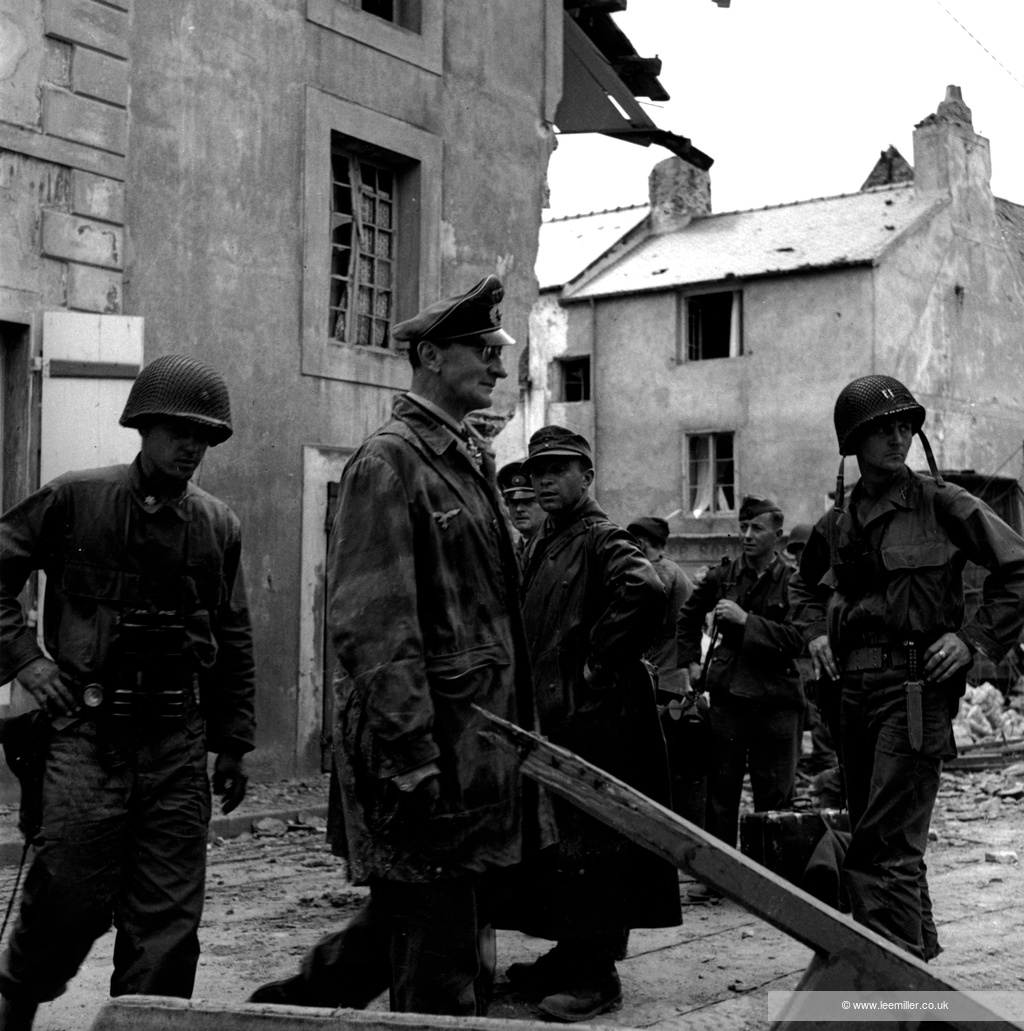
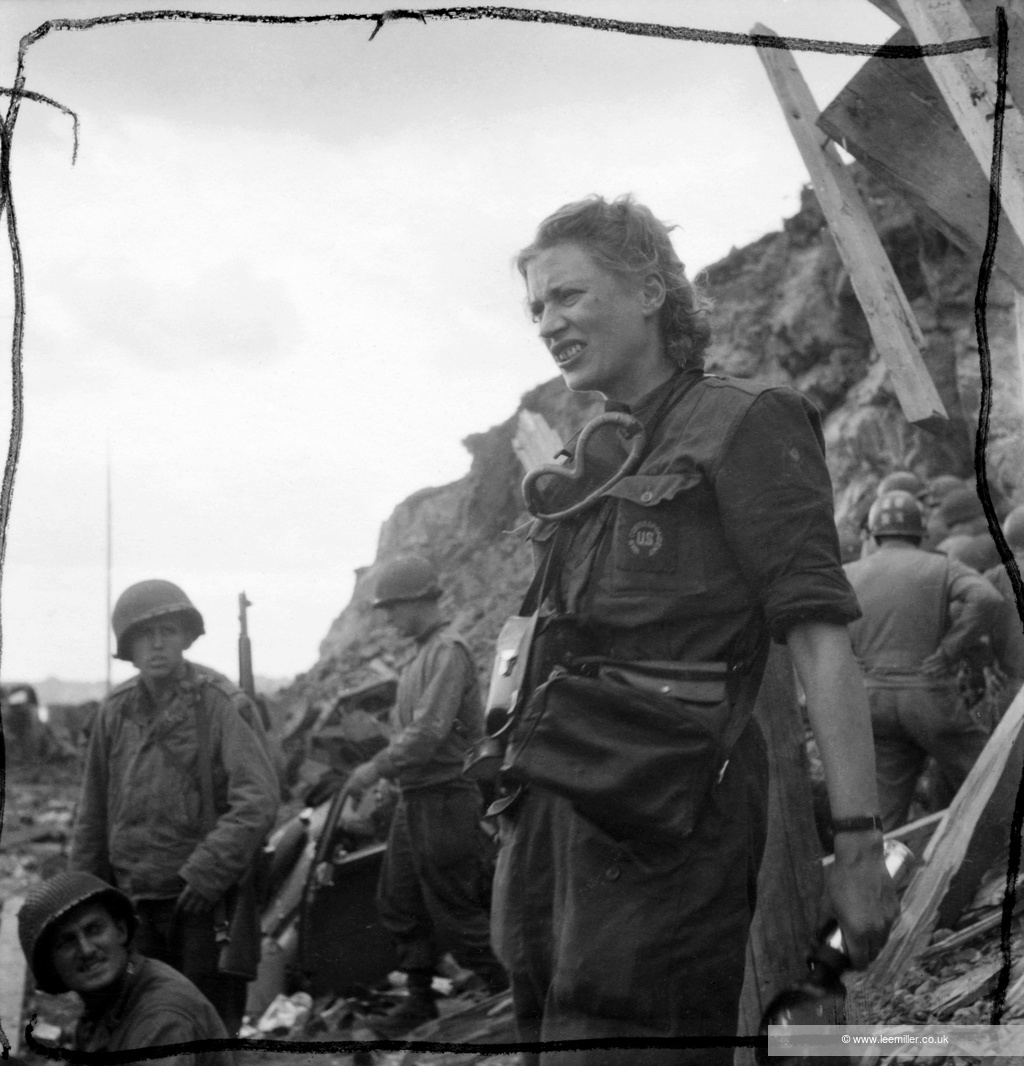
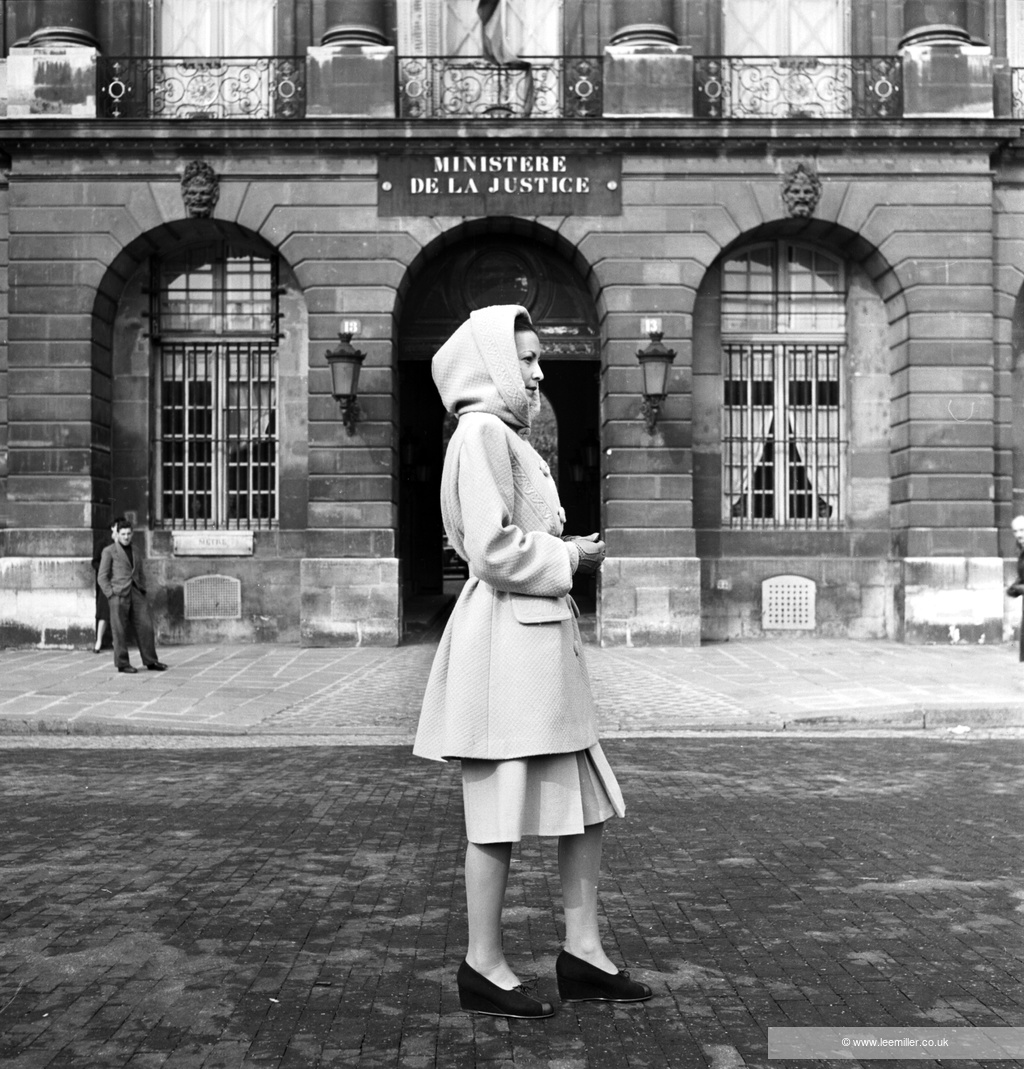
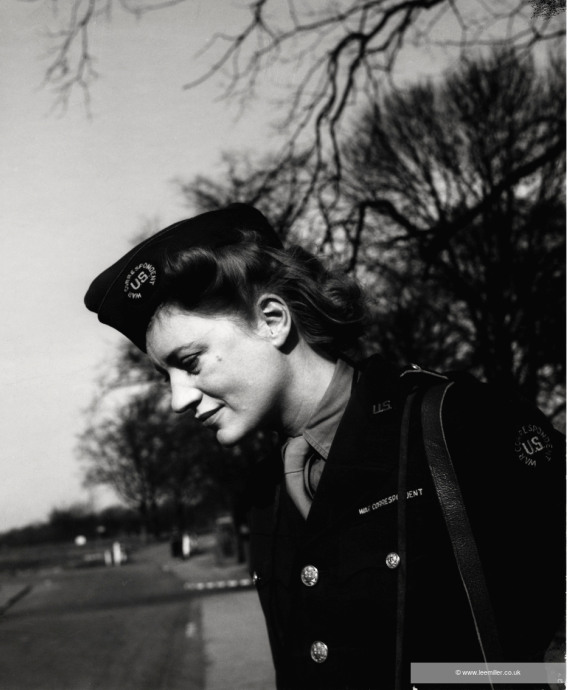

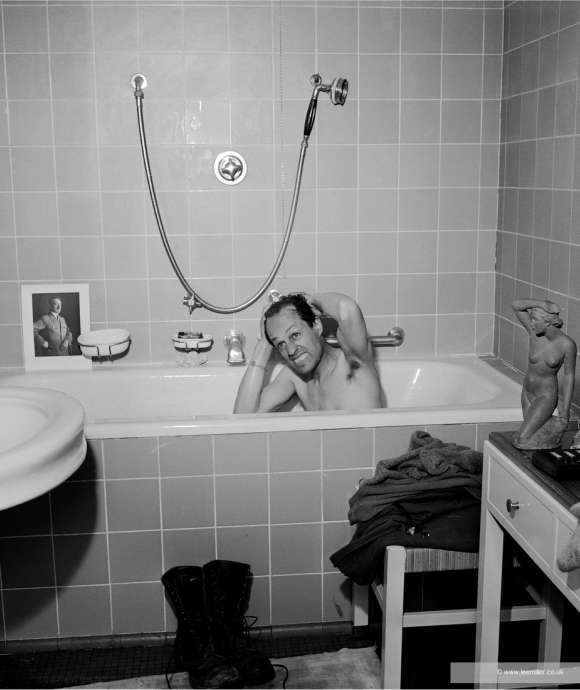
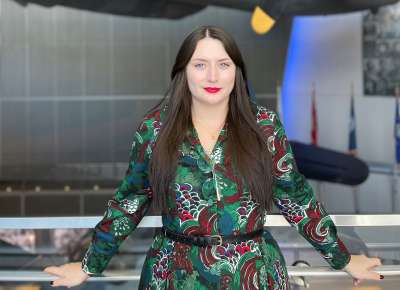
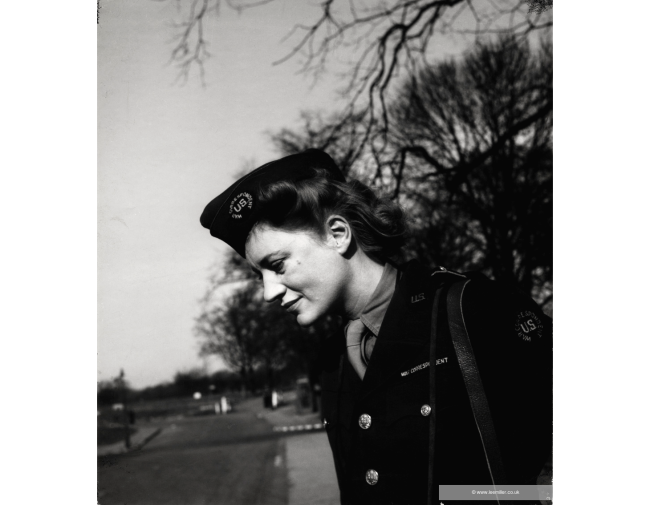
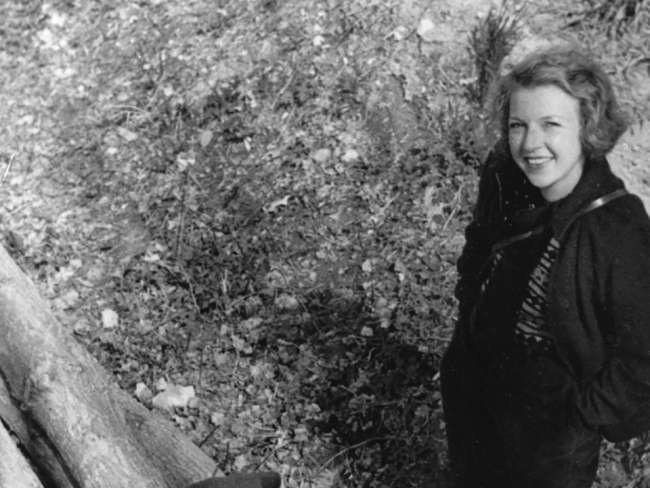



![Max Fuchs, New York City cantor, sings as Rabbi Sydney [sic] Lefkowitz, Richmond, VA, conducts the first Jewish services from Germany.](/sites/default/files/styles/max_650x650/public/2025-10/image1.jpg)



